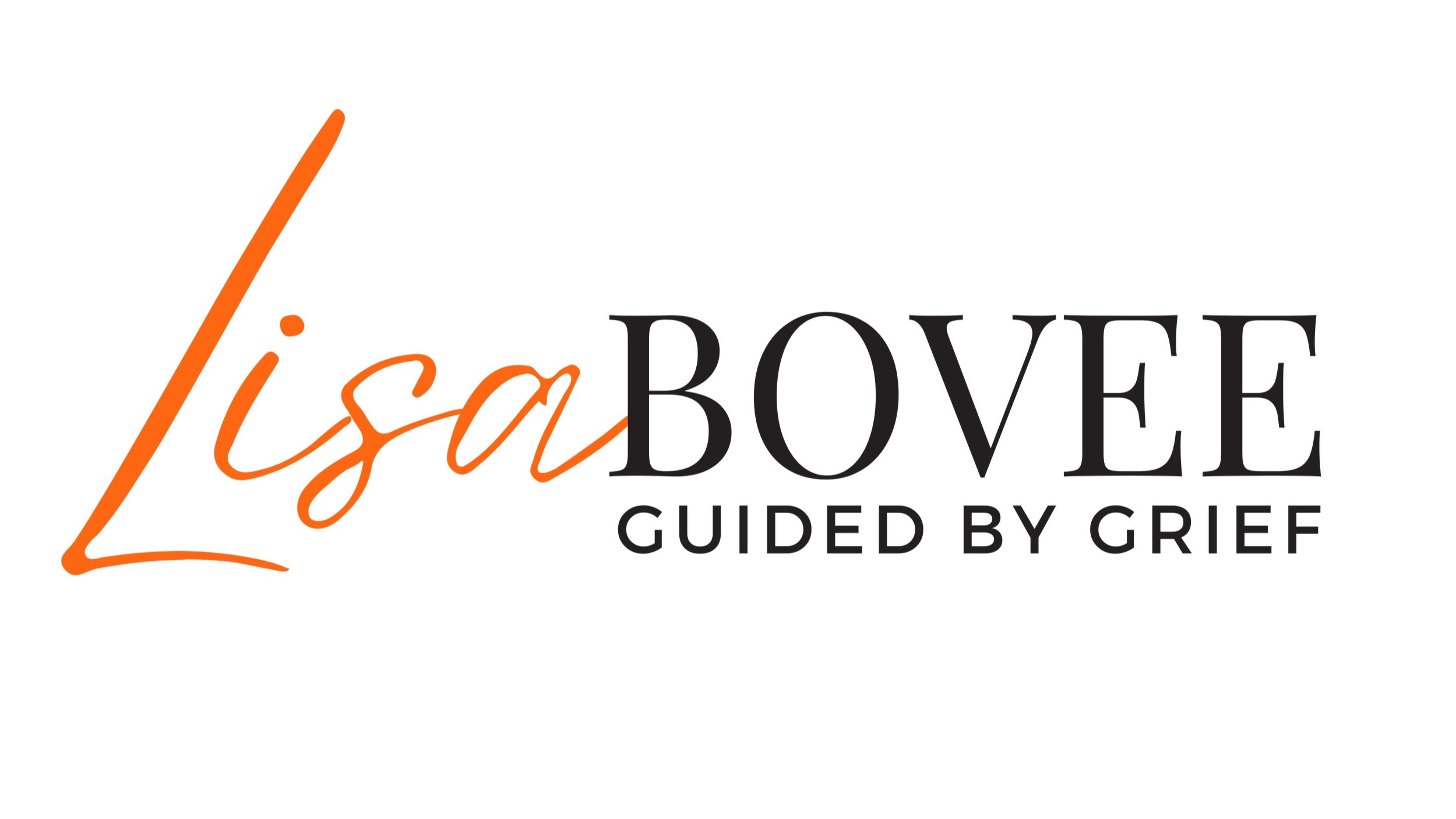Can you really die of a broken heart?
We’ve probably all heard the stories of the elderly couple, where one spouse dies, then the other dies short thereafter, right? Everyone says they “died of a broken heart.” When we hear this, we might think, “awww how sad” or “how sweet they couldn’t live without the other,” but few actually believe that a broken heart literally caused their death.
After someone dies, of course, it hurts. Once the shock and denial wear off, it hurts emotionally, it hurts mentally, and it hurts physically.
There are thousands of stories of people experiencing “crushing chest pain,” especially after a sudden and tragic loss. This pain is real, and it could be a sign of something far worse than “just feeling sad” or having a tough time with grief.
Since I’m not a medical expert, I like to leave these topics to the experts, so please read on for information about Broken Heart Syndrome from The Mayo Clinic.
Lisa!
BROKEN HEART SYNDROME The Mayo Clinic
When you think of a broken heart, you may picture a cartoon drawing with a jagged line through it. But, in real-life, a broken heart can actually lead to serious cardiac consequences.
There are established ties between depression, mental health and heart disease and how an extremely stressful event can have an impact on your heart.
Breakdown of a Broken Heart
Broken heart syndrome, also called stress-induced cardiomyopathy or takotsubo cardiomyopathy, can strike even if you’re healthy. (Tako tsubo, by the way, are octopus traps that resemble the pot-like shape of the stricken heart.)
Women are more likely than men to experience the sudden, intense chest pain — the reaction to a surge of stress hormones — that can be caused by an emotionally stressful event. It could be the death of a loved one or even a divorce, breakup or physical separation, betrayal or romantic rejection. It could even happen after a good shock (like winning the lottery.)
Broken heart syndrome may be misdiagnosed as a heart attack because the symptoms and test results are similar. In fact, tests show dramatic changes in rhythm and blood substances that are typical of a heart attack. But unlike a heart attack, there’s no evidence of blocked heart arteries in broken heart syndrome. In broken heart syndrome, a part of your heart temporarily enlarges and doesn’t pump correctly, while the rest of your heart functions normally or with even more forceful
contractions.
Researchers are just starting to learn the causes, and how to diagnose
and treat it. The bad news: Broken heart syndrome can lead to severe, short-term heart muscle failure. The good news: Broken heart syndrome is usually treatable. Most people who experience it make a full recovery within weeks, and they’re at low risk for it happening again (although in rare cases, it can be fatal).
What to Look For: Signs and Symptoms
The most common signs and symptoms of broken heart syndrome are angina (chest pain) and shortness of breath. You can experience these things even if you have no history of heart disease. Arrhythmias (irregular heartbeats) or cardiogenic shock also may occur with broken heart syndrome. Cardiogenic shock is a condition in which a suddenly weakened heart can’t pump enough blood to meet the body’s needs, and it can be fatal if it isn’t treated right away. (When people die from heart attacks, cardiogenic shock is the most common cause of death.)
Heart attack and broken heart syndrome: What’s the difference?
Some signs and symptoms of broken heart syndrome differ from those of heart attack. In broken heart syndrome, symptoms occur suddenly after extreme emotional or physical stress.
Here are some other differences:
• EKG (a test that records the heart’s electrical activity) results don’t look the same as the EKG results for a person having a heart attack.
• Blood tests show no signs of heart damage.
• Tests show no signs of blockages in the coronary arteries.
• Tests show ballooning and unusual movement of the lower left heart chamber (left ventricle).
• Recovery time is quick, usually within days or weeks (compared with the
recovery time of a month or more for a heart attack).
Learn More About Broken Heart Syndrome
If you or your doctor thinks you have Broken Heart Syndrome, you may need coronary angiography, a test that uses dye and special X-rays to show the insides of your coronary arteries. Other diagnostic tests are blood tests, EKG, echocardiography (a painless test that uses sound waves to create moving pictures of your heart) and cardiac MRI.
To keep tabs on your heart health, your doctor may recommend an echo about a month after you’re diagnosed with the syndrome. Talk with your doctor about how often you should schedule follow-up visits. If any of this sounds like symptoms you are experiencing, please get medical help. *article source credit: heart.org
